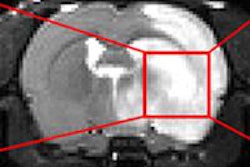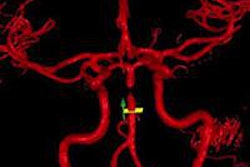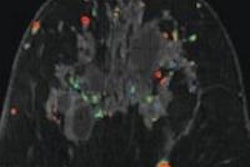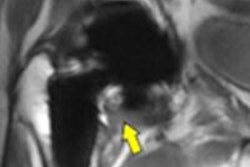Researchers have found that aortic arch pulse-wave velocity as measured by MRI is a strong independent predictor of disease of the vessels that supply blood to the brain, according to a new study published in the June issue of Radiology.
A group led by Dr. Kevin King, assistant professor of radiology at University of Texas Southwestern Medical Center, evaluated the relationship between aortic arch pulse-wave velocity and subsequent cerebral microvascular disease, independent of other cardiovascular risk factors. The study was conducted among 1,270 participants in the Dallas Heart Study (Radiology, Vol. 267:3, pp. 709-717).Aortic arch pulse-wave velocity was measured with phase-contrast MRI, and after seven years, the volume of white-matter hyperintensities was evaluated with MRI. White-matter hyperintensities have been associated with accelerated motor and cognitive decline, Alzheimer's disease, stroke, and death.
The results showed that aortic arch pulse-wave velocity helped predict white-matter hyperintensity volume independent of the other demographic and cardiovascular risk factors. King and colleagues estimated that a 1% increase in aortic arch pulse-wave velocity (in m/sec) is related to a 0.3% increase in subsequent white-matter hyperintensity volume (in mL) when all other variables are constant.
"Our results demonstrate that aortic arch pulse-wave velocity is a highly significant independent predictor of subsequent white-matter hyperintensity volume and provides a distinct contribution -- along with systolic blood pressure, hypertension treatment, congestive heart failure, and age -- in predicting risk for cerebrovascular disease," King said in a release about the study.




















